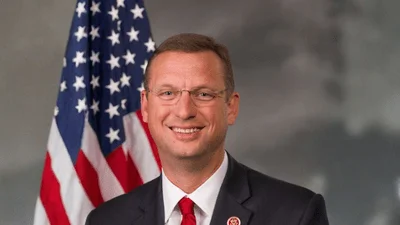The U.S. Environmental Protection Agency (EPA) has announced $3.6 billion in new funding as part of the Biden-Harris administration's Bipartisan Infrastructure Law, aimed at upgrading water infrastructure nationwide. This funding is part of a larger $6.2 billion investment for fiscal year 2025, which seeks to improve the management of wastewater, protect freshwater resources, and ensure safe drinking water delivery.
The funds will be distributed through the Clean Water and Drinking Water State Revolving Funds (CWSRF and DWSRF), which are federal-state partnerships that provide low-interest loans for water infrastructure projects. Missouri is set to receive significant allocations from this funding: $68,982,000 in Clean Water General Supplemental funds, $5,954,000 in Emerging Contaminant funds, and $12,438,000 under the Drinking Water Emerging Contaminant Fund.
This initiative is part of a five-year plan involving a historic $50 billion investment in water infrastructure under the Bipartisan Infrastructure Law. A significant portion of these funds is designated for disadvantaged communities through grants or non-repayable loans.
EPA Administrator Michael S. Regan emphasized the importance of reliable water infrastructure by stating: “Water keeps us healthy, sustains vibrant communities and dynamic ecosystems, and supports economic opportunity." He added that failing infrastructure poses risks to health and the environment but highlighted that "with the Bipartisan Infrastructure Law’s historic investment in water," EPA aims to address local challenges while creating jobs.
Meghan A. McCollister, EPA Region 7 Administrator noted that communities with aging infrastructure will benefit significantly from this funding: “We look forward to working with our state partners as they distribute these funds to make critical water infrastructure upgrades attainable and affordable."
To support disadvantaged communities further, EPA offers a Water Technical Assistance program designed to help identify challenges and develop upgrade plans. This aligns with the Biden-Harris administration’s Justice40 Initiative which aims for 40% of certain federal investments' benefits to reach marginalized communities.
For more details on state-specific allocations or additional projects funded by this law, resources such as EPA’s Investing in America’s Water Infrastructure Storymap and their Quarterly Report on SRF projects are available online.





